UT Physics Since 1883: A Photo Essay
Nineteenth-century equipment that’s still in use today. A surprisingly progressive tradition of educating world-class female physicists, starting in 1892. A Catholic nun who juggled prayers with laboratory research, earning her master’s degree in physics in 1926.
These are just some of the surprising details from the history of the UT physics department. A new website, created by Professor Emeritus Melvin Oakes, offers a remarkable survey of the department’s history stretching all the way back to 1883, the year UT was founded. Below are some of the highlights from the site.
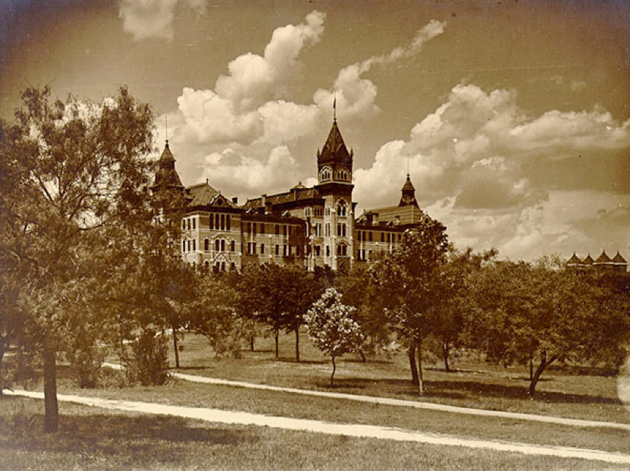
Physics professor John William Mallet, an Irish immigrant and Civil War veteran, was a UT “founding father” who served as Chairman of the Faculty in 1883. Mallet, already a well-recognized and accomplished scientist when he received an offer to join UT, was allegedly lured by the challenge of building a new chemistry department entirely from scratch. He earned an annual salary of $4000 while the other faculty members earned $3500. Mallet sits all the way to the far left in the photograph below.
(Left to right): John William Mallet, professor of physics and chemistry; Leslie Waggener, professor of English language, history, and literature; Robert L. Dabney, professor of mental and moral philosophy and political science; Robert S. Gould, professor of law; Oran M. Roberts, professor of law; Henri Tallichet, professor of modern languages; Milton Humphreys, professor of ancient languages; and William LeRoy Broun, professor of mathematics.

The Old Main Building (pictured below) was the first structure to house the physics department on UT’s campus. The department would eventually move to the Painter Building and the Robert Lee Moore Building, where it stands today.
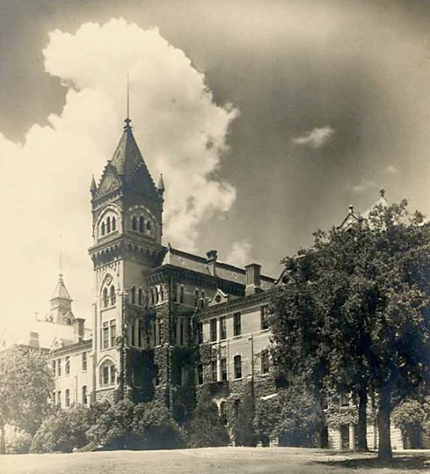
An image of the department’s earliest demo equipment. A Wimshurst state electricity generator, an electric egg (for discharges in rarefied vapors), four Leiden jars, and a Bohnenberger electroscope sit on the top shelf, while the bottom shelf holds a thermoelectric generator. The magnetic dip needle (in the third bay) and the two wave machines sitting on the lower half of the end cabinet are still in use today.

A collage of faculty portraits taken in 1904. (Bottom row, left to right: Lulu Mary Bailey (Physics), Conrad Louis Benoni Shuddemagen (Physics); Second row, middle: William Tyler Mather, Chair (Physics); Fourth row, far right: John Matthias Kuehne (Physics); Top row, far left: C.T. Dowell (Chemistry).

This student group shot, taken in 1900, features the department’s first Master of Arts and Master of Science candidates.
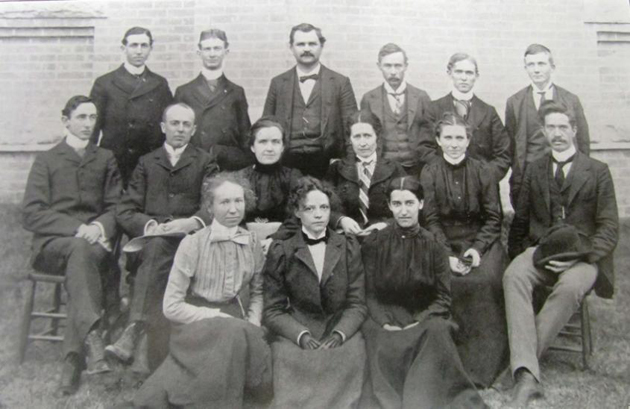
One section of the site is dedicated to the department’s many academic award recipients. The department is home to two Nobel Prize recipients: Ilya Prigogine and Steven Weinberg. Ilya Prigogine, a Moscow native whose family fled to Belgium after the Russian Revolution, won the Nobel Prize in chemistry in 1977 for his contributions to non-equilibrium thermodynamics, particularly the theory of dissipative structures.
Steven Weinberg won the Nobel Prize in Physics shortly after Prigogine, in 1979, for his work on the theory of the unified weak and electromagnetic interaction between elementary particles, including, inter alia, the prediction of the weak neutral current. Weinberg shared the award with Sheldon Lee Glashow and Abdus Salam, and joined UT’s physics and astronomy department in 1982.
Other notable award recipients in the department include: John A. Wheeler, winner of the Enrico Fermi Award in 1968; Marshall N. Rosenbluth, winner of the National Medal of Science; and Cecile DeWitte-Morette, winner of the American Society of the French Legion of Honor 2007 Medal for Distinguished Achievement in 1997.

Ilya Prigogine
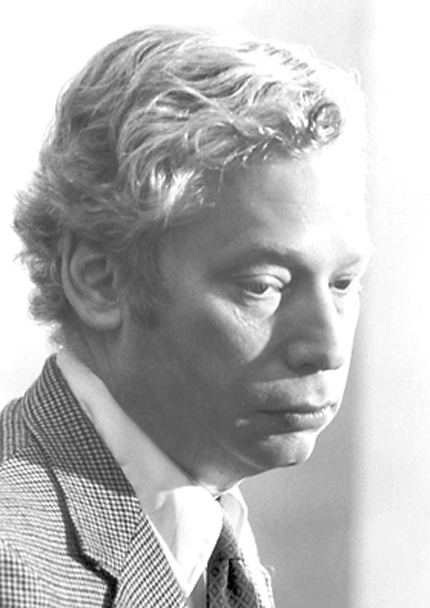
Steven Weinberg
Women played an indelible role in the UT physics department’s growth and success. Female physics professors and students alike provided invaluable departmental support through their service as scholars, instructors, and laboratory assistants. They produced superb scientific scholarship that helped the University of Texas become one of the top scientific research institutes in the county. Lulu M. Bailey was the first professional female physicist to walk the halls of the UT physics department. She enrolled at the university as an undergraduate student in physics in 1892 and quickly rose to become the department’s first female assistant in physics in 1899.
Bailey worked alongside J.M. Kuehne, a fellow in physics in the department. Kuehne earned a yearly salary of $500, while Bailey earned $350. Bailey became an official instructor in 1914, a promotion that increased her annual salary to $1500. However, for reasons not explained on the site, Bailey did not receive a pay increase after being appointed acting assistant dean of women students in 1916. Female graduate students, like female instructors, did much to bolster the department’s reputation during its early years as an academic institution.
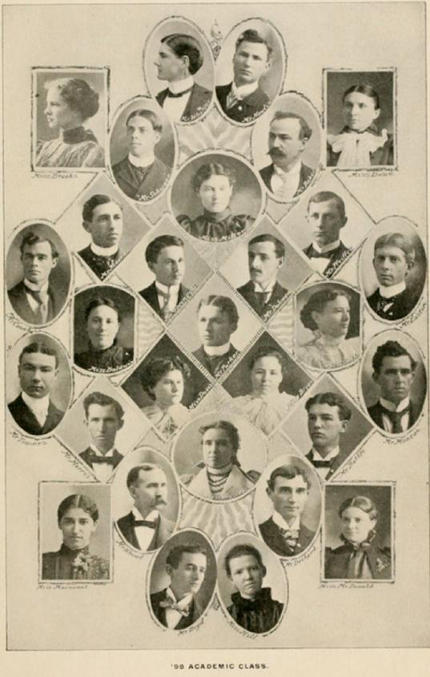
One of the more notable alumni was Sister Michael Edward O’Byrne, an active nun who earned an MA in 1926. O’Byrne continued her studies at the Catholic University of America, where she wrote a PhD dissertation, “Combination frequencies and infra-red absorption spectra of certain alkaloids.” The work was published in the The Journal of the Optical Society of America in 1933.
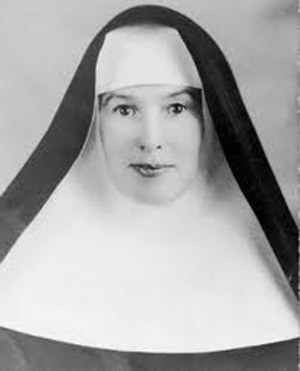
Sister Michael Edwards O’Byrne
She became the head of the science department at Incarnate Word College in San Antonio, helping the school raise $500,000 for a new science building. Francis Cardinal Spellman of New York dedicated the three-story structure to Sister Michael Edwards O’Byrne in December 1950.
Learn more about the physics department’s fascinating history by visiting the website.
All photos courtesy the UT physics department.
This article first appeared on Not Even Past.







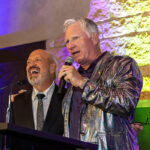









6 Comments